Content
Perennial flowers are the easiest way to make your site blooming and beautiful. After all, these plants do not need to be planted every year - it is enough to sow the seeds once, and for several years the flower beds will delight the owner with the onset of the new season. Finding a suitable perennial flower is not a problem today, every year there are more and more varieties of these flowers.
However, the vast majority of perennials are intended for a temperate and southern climate, but gardeners in cold Siberia will have to try to find perennial flowers for their site. But still, this is a completely doable task!
This article contains a list of the best perennials for the Siberian climate, as well as brief recommendations for growing them.
What makes perennial flowers special
Perennial flowers and plants are distinguished by the fact that at the end of each season they do not die off, but “fall asleep”. The root system of perennials is preserved in the ground, and in the spring new shoots and inflorescences appear. The difficulty of growing perennial plants in Siberia and on Ural lies in very low winter temperatures - the ground freezes to a fairly large depth. Due to severe frosts, the roots of a perennial plant may die.
However, today there are hundreds of species of perennial flowers, among them there are those that feel great in the north, and even those that are specially bred for the Siberian region.
Perennials for Siberia are grown in the same way as plants intended for the rest of the country - these crops do not impose any special requirements. Like all flowers, Siberian perennials need to be watered in a timely manner, sometimes fertilized and protected from attacks by fungi, diseases and pests.
Due to the cool and humid climate, the bulbs are often infected with fungi, so they must be treated with fungicides before planting in the ground.
How are flower beds with perennials made out
Landscape designers recommend creating standard, three-tiered, flower beds on Siberian sites. This is done so that the flower bed blooms throughout the season. Even perennial plants have a limited flowering period. This statement is especially true in relation to bulbous flowers (tulips, daffodils, crocuses), these crops need strength and time to form new inflorescences.
First line
It is recommended to plant low-growing perennial flowers (up to 30 cm high) in the foreground of the flower beds, these also include ground covers (plants creeping on the ground). The same flowers fill the space between other plants, stones from landscape compositions, low-growing perennials decorate paths, they are surrounded by garden trees.
As a rule, it is undersized crops that start flowering first.Indeed, this group includes snowdrops, crocuses, tulips.
For growing in a Siberian climate, where frosts can reach -40 degrees, and the ground freezes by more than two meters, the following low-growing perennials are suitable:
Lily of the valley
One of the most famous perennials, which has earned the fame of a very non-whimsical and persistent flower. Delicate lily of the valley bells will decorate any spring garden, and massive bright green leaves will become the first greenery on the site after a long winter. The roots of the lily of the valley grow by 30 cm in one year, so the perennial very quickly captures all the free space. Without transplants, lily of the valley can grow up to forty years in one place. Not only will the perennial decorate the flower bed in spring, the lily of the valley leaves are decorative in themselves, and in August the bushes will additionally decorate with round red berries (be careful - the fruits are very poisonous!).
Primroses and snowdrops
They are known for not liking heat very much, they do not tolerate the sun well. In all regions of the country, it is recommended to grow delicate primroses only in shaded areas, but Siberian gardeners can plant these perennials absolutely anywhere in the garden. Primroses love humidity and coolness, and this is enough in the north.
Pansies
They are also called tricolor violets. This is a very bright and elegant perennial that will become the pearl of any flower bed. The flower is very suitable for growing in combined multi-tiered flower beds, since until the inflorescences appear, the plant does not look very presentable - there is not much foliage here. But the tricolor inflorescences that appeared in June will delight you until the end of August. Perennials are propagated by seeds, pansies can cope with this on their own, but for the best effect, seedlings need to be grown in pots. In the first year after planting in a flower bed, the perennial forms a green mass and only the next season will please with flowering.
Daisies or asters
These flowers belong to perennials only conditionally - just like pansies, they bloom only in the second year after sowing the seeds. And subsequently, the seeds are simply sown on their own, providing the flowerbed with young flowers for the next season. Daisies and asters perfectly tolerate the cold, do not require additional care, except for watering. The only thing is that the bushes need to be regularly divided so that the flowers do not become smaller every year.
Primrose
A perennial that is very fond of moisture and cool air, light soils and shade. It is able to survive in a harsh climate, pleases almost all summer, with beautiful dark purple flowers. Looks good in the foreground of flower beds and as an addition to rocky garden compositions.
The second tier of the flower garden
It can be flowering perennials and plants with beautiful, decorative greenery.
Of the medium-sized perennials most adapted to the conditions of the north, one can name:
Tulips
Bulbous flowers, which are a symbol of spring and youth. For Siberia, it is necessary to select tulip varieties that bloom earlier than others. The two most suitable varieties are early tulip and early terry tulip. Usually, these perennials bloom in May, but in cold climates, the period can be shifted by 10-14 days. To prevent the flowers from becoming smaller every year, perennial bulbs must be dug up every autumn. After that, dry it, and disinfect it before planting.
Narcissus
One of the earliest and at the same time the most unpretentious perennial flowers. The plant is convenient because it does not have to be dug out annually - the bulbs tolerate severe frosts well, the inflorescences do not shrink. Narcissus is undemanding to light, soil composition, does not require maintenance.The only thing is that modern hybrid perennial varieties are distinguished by very large inflorescences, which requires tying up fragile stems.
Net iris
A very beautiful ornamental plant, delighting with bright two-colored inflorescences. Perennial tolerates frost well, but does not cope well with humidity. Therefore, it is not recommended to plant irises in the lowlands. This flower is so tenacious that even with the complete freezing of the root, from just one surviving bud, the entire bush can revive anew.
Bearded irises
The perennial blooms for two months - from May to early July. The plant is spectacular not only because of the flowers, it has no less attractive, fleshy foliage. This perennial is very well suited for Siberia, as it tolerates frost persistently, blooms for a long time, and does not require complex care. In order for the flowers not to grow shallow every year, the iris bushes need to be periodically divided by the roots.
Scilla
Super frost-resistant perennial, capable of withstanding very severe frosts without any shelter. Scylla is one of the first to bloom, along with snowdrops and crocuses. Delicate stems, sharp leaves and pale blue flowers will adorn any flower garden.
Erantis Siberian
A very unpretentious perennial, specially bred by breeders for northern latitudes. Flowers can be of different shades, the leaves are small. Bushes grow short, go well with other perennials, do not require complex care.
Perennials for the third tier
Plants that are more than 50 cm in height become the backdrop for medium-sized and low-growing perennials. It can be shrubs and single flowers on long stems.
From tall perennials intended for the Siberian climate, one can distinguish:
The bedstraw is real
This perennial flower is very similar to a wild-growing culture: the height of the bush is more than a meter, the inflorescences are small, collected in panicles. This allows the bedstraw to be used in naturalistic landscapes close to the conditions of real nature. Perennial especially loves clay soils, but can grow in almost any area.
New Belgian aster
Perennials grow in bushes, they can coexist with any other crops. Flowers are painted in a lilac shade, are small in size. New Belgian aster blooms at the end of summer, flowering continues until the first frost. To make the inflorescences larger and the bushes taller, it is recommended to feed the perennial with mineral fertilizers.
Phlox
These perennials are among the most common in gardens.
Siberia. Plants perfectly tolerate cold weather, like moderate watering and rare feeding. Purple and lilac phloxes will adorn any garden. They bloom throughout the summer.
Tips for beginners
When purchasing perennials for your site, you need to be prepared for the fact that many of these plants can independently "capture" a certain area. For example, lilies of the valley are very aggressive, in order to limit the growth of these flowers, gardeners often insert metal sheets or slate into the ground around the flower bed - this way the roots do not spread beyond the allotted place.
Perennials are rarely watered in Siberia - most of these flowers tolerate drought well, but such weather is rare for the northern region.
Do not forget about transplanting perennial bushes and regularly separating them, otherwise there is a risk that the flowers will become smaller and smaller.
The recommendations of "experienced" and numerous photos of perennials will help the gardener in choosing a variety.
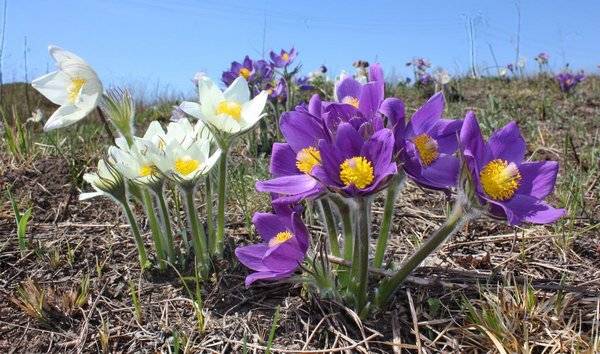

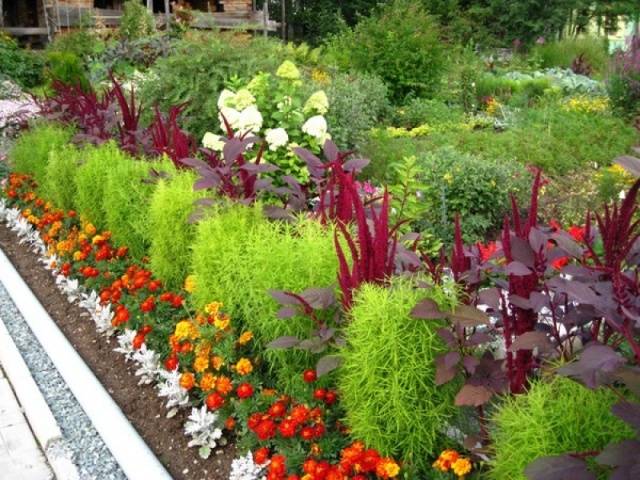
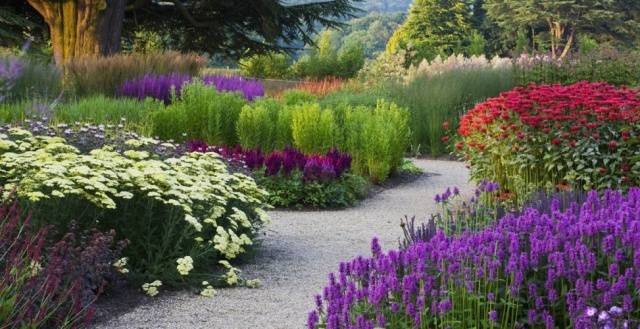
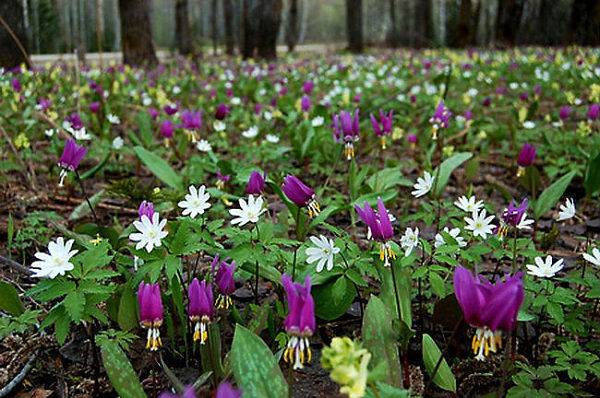
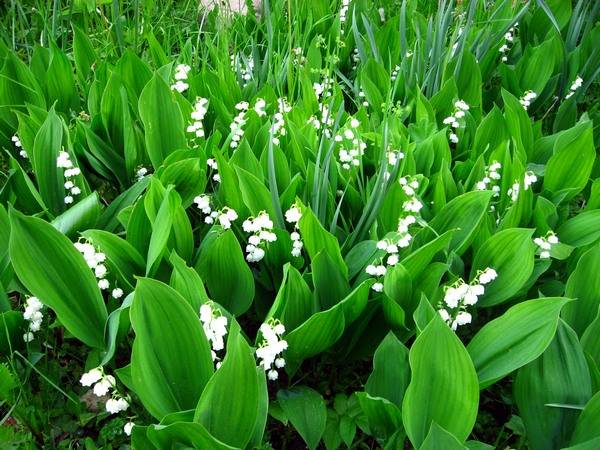
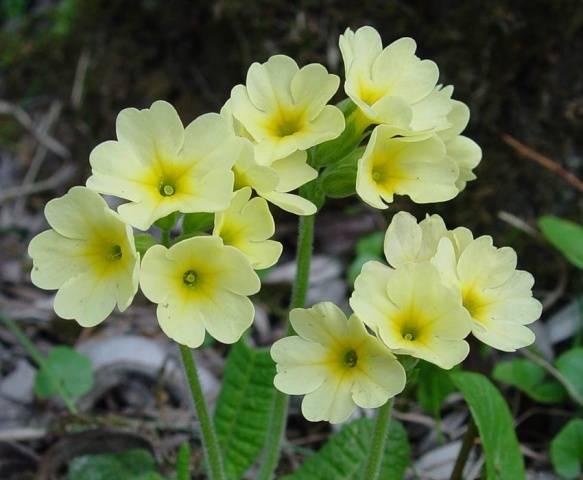


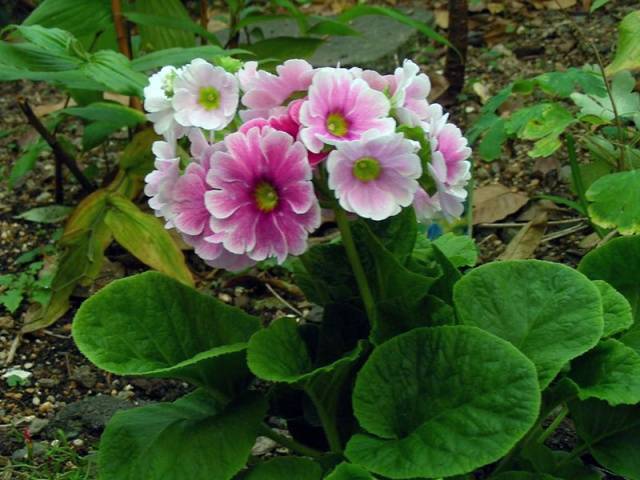
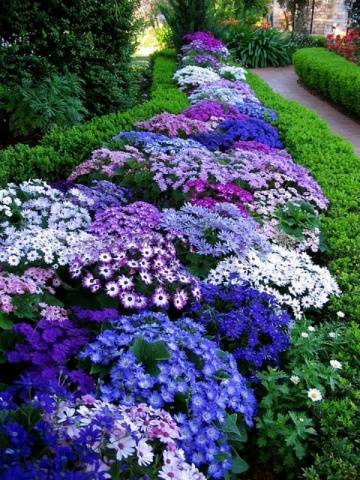
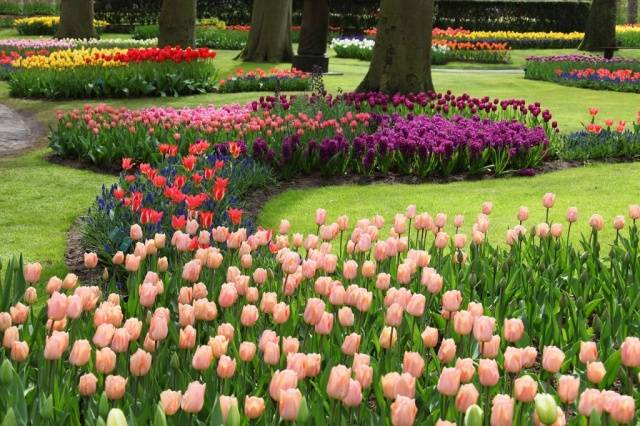
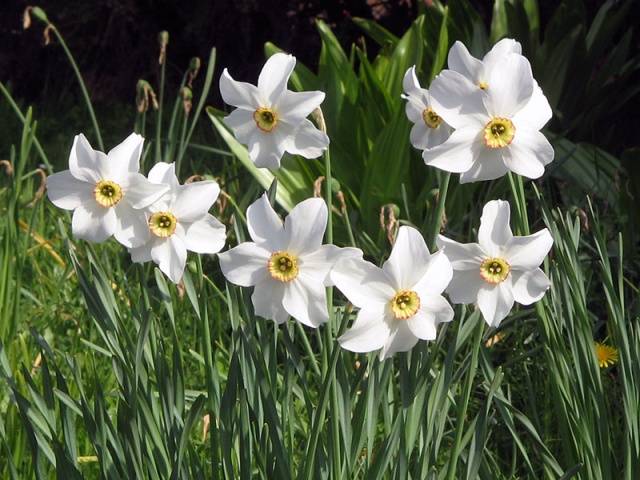




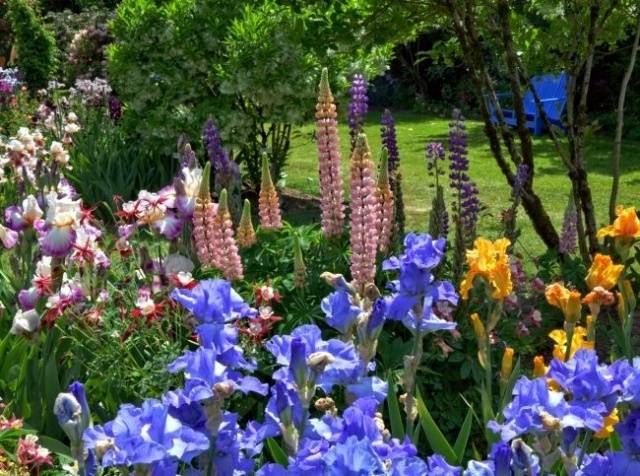
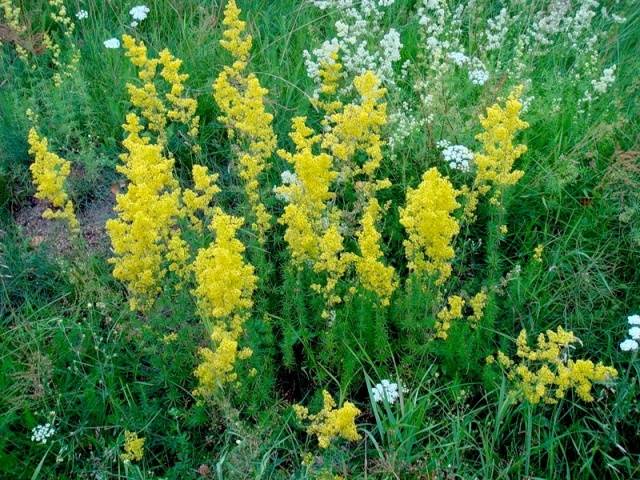
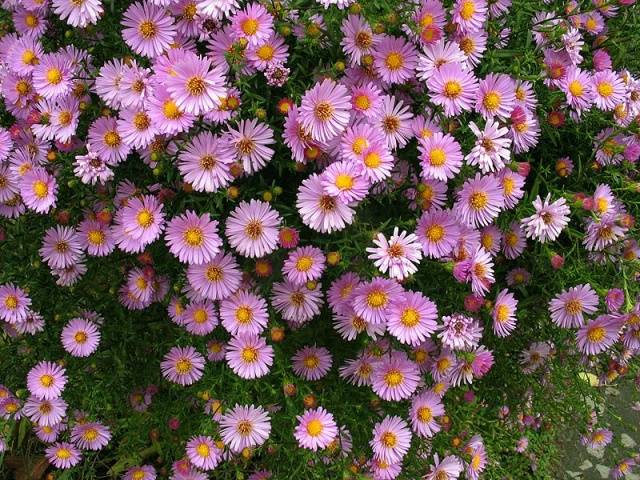
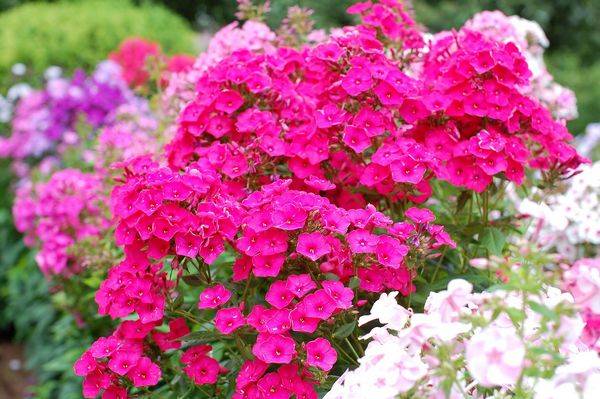
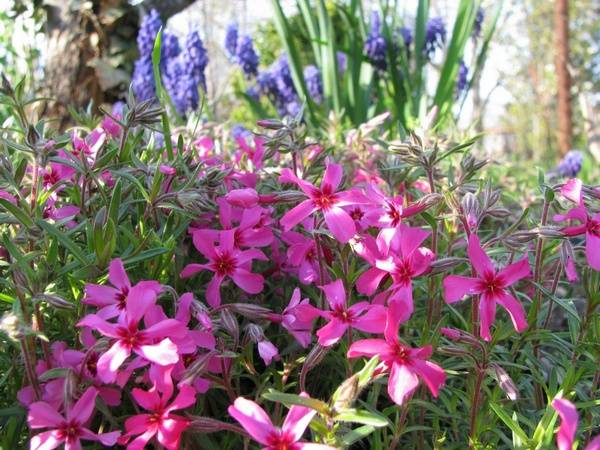









Forgot about aquilegia (catchment).